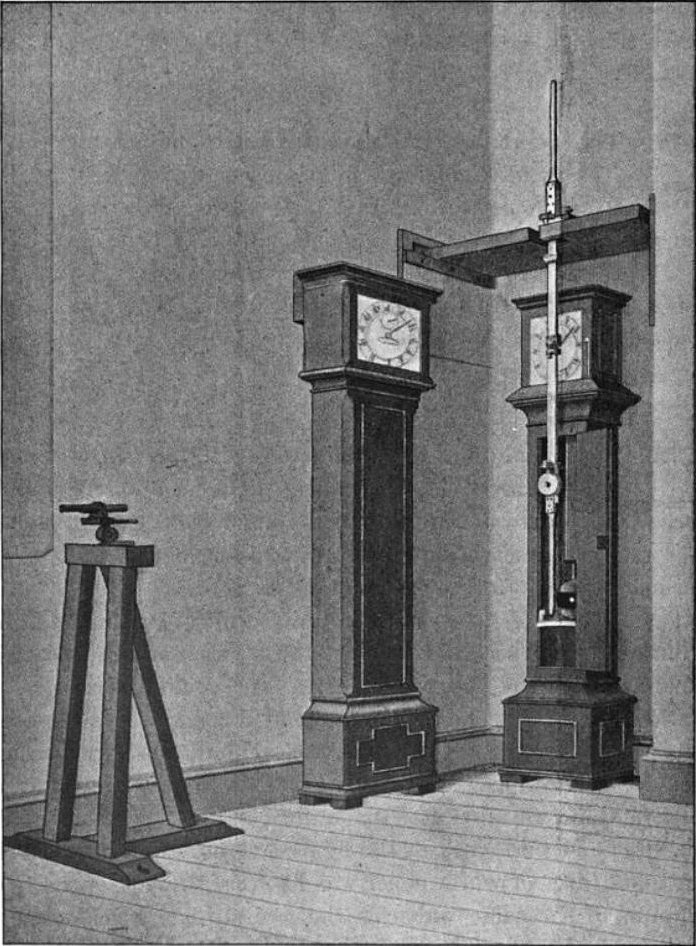- Joined
- Feb 1, 2015
- Messages
- 9,602
I would still try to use an optoisolator similar to what I had used. The flag can be a piece of thin opaque plastic mounted so the plane of the flag is perpendicular to a line through the pivot point. A wider beam is OK for detecting a vehicle passing but is not very precise as far as the trigger point is concerned. You really want a nice crisp trigger for optimum repeatability. Considering that you will be adjusting the distance between the knife edges, the sensor position will need to be adjustable in order to accommodate the difference in distance between the flag and the knife edge. You could use two flags. A thin piece of plastic will contribute only a insignificant amount to the center of oscillation of the pendulum. and air resistance.
Were this my project, I would start out by not worrying too much about a high degree of accuracy. I would concentrate on making the right mechanism and on getting the timing circuitry right. Once I established that I could get a reasonable value for g, then I would look into what I could do to improve the precision of the number. Some things to consider; environmental controls to deal with temperature fluctuations, isolation of the mechanism to prevent disturbance from passing vehicles (and what about earth tremors? ), possibly operating in a vacuum.
), possibly operating in a vacuum.
As to measuring the distance between the knife edges, I think I would apporoach it like this. After making the adjustments to the knife edge position to equalize the periods, I would make a fixture to hold the pendulum and support a rod to fit between the knife edges. I would make a rod to fit short of the touching both knife edges and use feeler gages to make up the difference. The thickness of the feeler gage pack could then be measured with a micrometer and added to the rod length to determine the distance between the knife edges. I would then have the rod calibrated buy a metrology lab or any other convenient means, depending on my desired accuracy. This should give accuracy to a few ppm. Anither way would be to make the test rod about an inch short of the distance and make pins to make up the difference. It wouldn't take much effort to make a set of pins, differing by .0001" and choosing the best fit. The pins could be calibrated at the same time as the test rod.
Were this my project, I would start out by not worrying too much about a high degree of accuracy. I would concentrate on making the right mechanism and on getting the timing circuitry right. Once I established that I could get a reasonable value for g, then I would look into what I could do to improve the precision of the number. Some things to consider; environmental controls to deal with temperature fluctuations, isolation of the mechanism to prevent disturbance from passing vehicles (and what about earth tremors?
As to measuring the distance between the knife edges, I think I would apporoach it like this. After making the adjustments to the knife edge position to equalize the periods, I would make a fixture to hold the pendulum and support a rod to fit between the knife edges. I would make a rod to fit short of the touching both knife edges and use feeler gages to make up the difference. The thickness of the feeler gage pack could then be measured with a micrometer and added to the rod length to determine the distance between the knife edges. I would then have the rod calibrated buy a metrology lab or any other convenient means, depending on my desired accuracy. This should give accuracy to a few ppm. Anither way would be to make the test rod about an inch short of the distance and make pins to make up the difference. It wouldn't take much effort to make a set of pins, differing by .0001" and choosing the best fit. The pins could be calibrated at the same time as the test rod.


